Mastering Shared Calendars in Outlook 365: Collaboration and Effectivity Redefined
Associated Articles: Mastering Shared Calendars in Outlook 365: Collaboration and Effectivity Redefined
Introduction
On this auspicious event, we’re delighted to delve into the intriguing subject associated to Mastering Shared Calendars in Outlook 365: Collaboration and Effectivity Redefined. Let’s weave attention-grabbing info and supply recent views to the readers.
Desk of Content material
Mastering Shared Calendars in Outlook 365: Collaboration and Effectivity Redefined

Microsoft Outlook 365’s shared calendar performance is a cornerstone of efficient teamwork and challenge administration. It transcends the constraints of particular person calendars, permitting a number of customers to view, edit, and handle appointments, conferences, and occasions in a centralized, collaborative area. This text delves into the intricacies of shared calendars inside Outlook 365, masking every thing from primary sharing to superior customization and troubleshooting frequent points. We’ll discover varied sharing strategies, permission ranges, and greatest practices to make sure your group makes use of this highly effective device to its full potential.
Understanding the Advantages of Shared Calendars:
Earlier than diving into the technical facets, let’s spotlight the important thing benefits of leveraging shared calendars in your Outlook 365 surroundings:
-
Enhanced Collaboration: Shared calendars foster seamless collaboration by offering a single supply of fact for scheduling and appointments. Staff members can simply see one another’s availability, keep away from scheduling conflicts, and coordinate tasks extra effectively.
-
Improved Communication: Get rid of the back-and-forth emails sometimes related to scheduling. A shared calendar offers a clear view of everybody’s commitments, lowering ambiguity and bettering communication move.
-
Centralized Scheduling: Managing a number of particular person calendars will be cumbersome. A shared calendar simplifies this course of, centralizing all related scheduling info in a single handy location.
-
Elevated Productiveness: By streamlining the scheduling course of and minimizing scheduling conflicts, shared calendars contribute on to elevated group productiveness and effectivity.
-
Higher Useful resource Administration: Shared calendars can be utilized to handle shared assets, comparable to assembly rooms, gear, or automobiles, guaranteeing optimum utilization and stopping double-bookings.
-
Improved Challenge Administration: Shared calendars are invaluable for challenge administration, permitting groups to trace deadlines, milestones, and particular person job assignments in a visually accessible format.
Strategies for Sharing Calendars in Outlook 365:
Outlook 365 presents a number of methods to share your calendar, every providing completely different ranges of entry and management:
-
Sharing a Calendar with Particular People: That is the commonest methodology, permitting you to grant particular permissions to particular person customers or teams. You’ll be able to select to share your total calendar or solely particular parts, customizing the extent of entry for every recipient. That is achieved by way of the "Share" button inside the calendar’s settings. You’ll be able to choose the extent of permission:
- Reviewer: Can solely view appointments and occasions; can not make adjustments.
- Editor: Can view and modify appointments and occasions.
- Creator/Proprietor: Has full management over the calendar, together with including, deleting, and managing permissions.
-
Publishing a Calendar: Publishing a calendar makes it accessible to a wider viewers, typically by way of an online hyperlink. That is superb for sharing a calendar with shoppers, companions, or a big group of people that do not want enhancing privileges. Revealed calendars sometimes supply "Reviewer" entry except in any other case specified.
-
Delegating Entry: Delegation lets you grant one other consumer full management over your calendar, enabling them to handle appointments and occasions in your behalf. That is helpful for assistants or colleagues who must handle your schedule. The delegate can create, edit, and delete appointments in your behalf.
-
Utilizing Shared Mailboxes: For departmental or group calendars, a shared mailbox can be utilized as a central hub for scheduling. A number of customers can entry and handle the calendar, selling collaboration and consistency.
Managing Permissions and Entry Ranges:
Understanding the completely different permission ranges is essential for efficient calendar sharing. The inaccurate permissions can result in scheduling conflicts or unauthorized entry. Here is a breakdown:
-
Free/Busy Data Solely: That is probably the most restrictive stage, solely exhibiting availability with out revealing particulars concerning the occasions.
-
Availability and Topic: This reveals the supply and the topic of the appointments, offering extra context with out revealing particular particulars.
-
Full Particulars: This grants full entry to all appointment particulars, together with attendees, descriptions, and attachments.
You’ll be able to modify permission ranges at any time by accessing the calendar’s sharing settings. It is beneficial to evaluation and replace permissions usually to make sure they align with the present wants of your group.
Greatest Practices for Utilizing Shared Calendars:
To maximise the effectiveness of shared calendars, think about these greatest practices:
-
Set up Clear Naming Conventions: Use clear and constant naming conventions for shared calendars to keep away from confusion.
-
Outline Roles and Duties: Clearly outline who’s answerable for managing and updating the shared calendar.
-
Frequently Evaluation and Clear Up: Periodically evaluation the calendar to take away outdated or irrelevant entries, guaranteeing it stays organized and environment friendly.
-
Make the most of Classes and Colours: Use classes and colours to visually distinguish various kinds of occasions or appointments, bettering readability and comprehension.
-
Present Clear Directions: Guarantee all customers perceive the right way to entry and use the shared calendar, together with permission ranges and greatest practices.
-
Frequently Again Up Your Calendar: Frequently again up your calendar knowledge to stop knowledge loss in case of surprising points.
Troubleshooting Widespread Points:
Regardless of its strong performance, occasional points may come up with shared calendars. Listed below are some frequent issues and their options:
-
Unable to Entry the Shared Calendar: Confirm that you’ve got the proper permissions and that the calendar is appropriately shared. Test your community connection and guarantee Outlook is correctly configured.
-
Scheduling Conflicts: Guarantee all group members are actively utilizing and updating the shared calendar. Implement a system for resolving conflicts promptly.
-
Calendar Not Syncing: Test your Outlook settings to make sure that the calendar is correctly configured for syncing. Restart Outlook or your system to resolve syncing points.
-
Permission Errors: Evaluation and replace permissions to make sure that customers have the suitable entry ranges. Contact your IT administrator if you’re experiencing persistent permission issues.
Superior Options and Integrations:
Outlook 365’s shared calendar performance extends past primary sharing. Superior options embrace:
-
Useful resource Scheduling: Use shared calendars to handle shared assets like assembly rooms or gear, stopping double-bookings and guaranteeing environment friendly useful resource allocation.
-
Calendar Views: Customise calendar views to show info in a manner that most closely fits your wants, comparable to each day, weekly, or month-to-month views.
-
Calendar Overlays: Overlay a number of calendars to view schedules side-by-side, offering a complete view of all occasions and appointments.
-
Third-Occasion Integrations: Combine your shared calendar with different productiveness instruments and purposes to reinforce workflow effectivity.
Conclusion:
Shared calendars in Outlook 365 are a strong device for enhancing collaboration, bettering communication, and boosting general group productiveness. By understanding the assorted sharing strategies, permission ranges, and greatest practices, you’ll be able to leverage this characteristic to its full potential, remodeling the best way your group manages schedules and collaborates on tasks. Addressing potential points proactively and exploring superior options will additional optimize your group’s workflow and guarantee seamless collaboration inside your Outlook 365 surroundings. The secret’s constant utilization, clear communication, and common upkeep to make sure your shared calendars stay a worthwhile asset in your group.
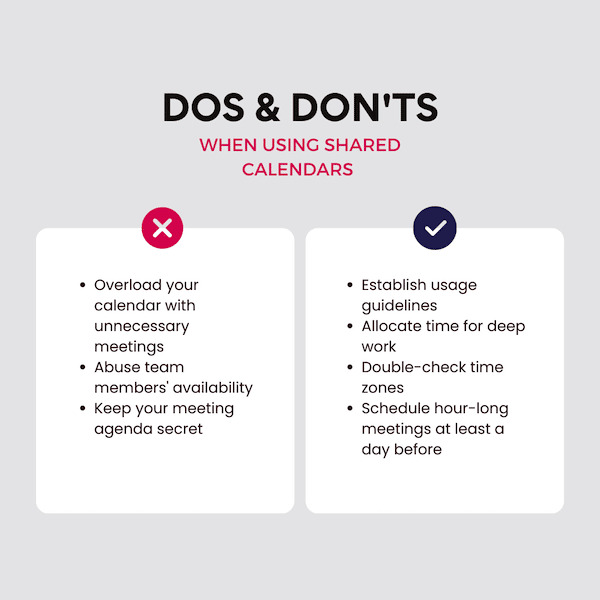
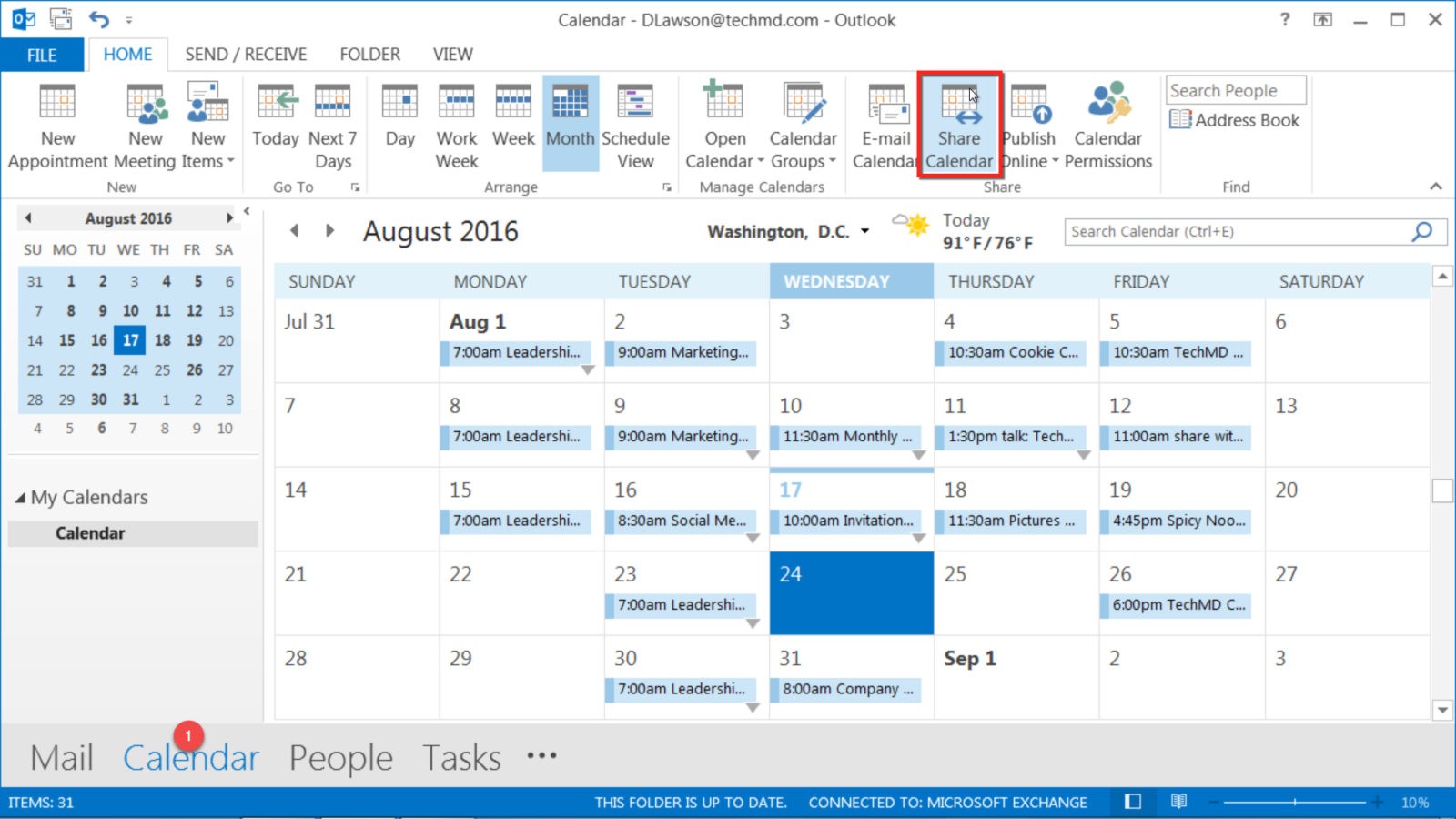


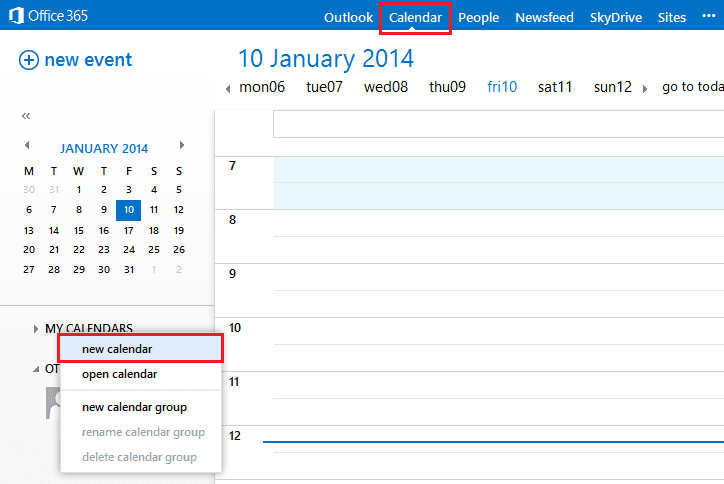
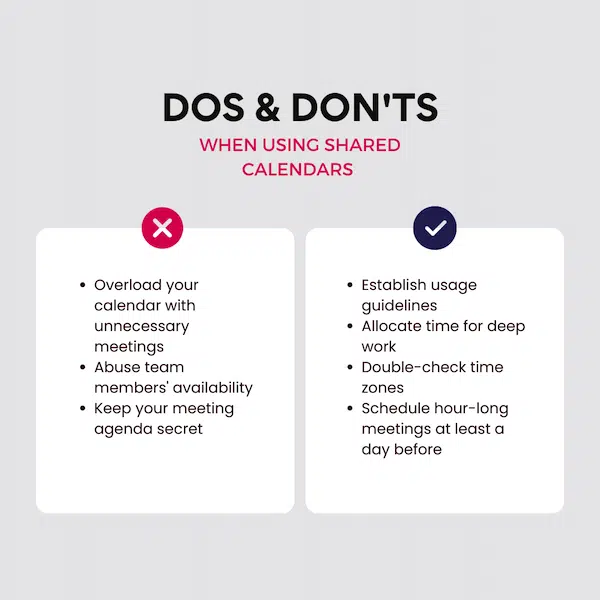

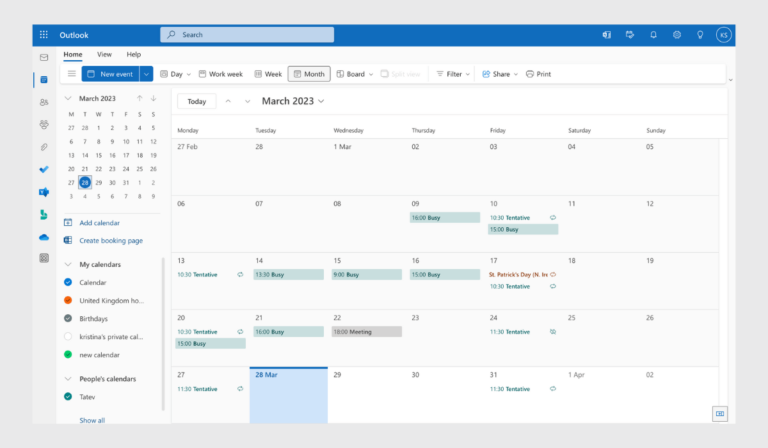
Closure
Thus, we hope this text has offered worthwhile insights into Mastering Shared Calendars in Outlook 365: Collaboration and Effectivity Redefined. We thanks for taking the time to learn this text. See you in our subsequent article!